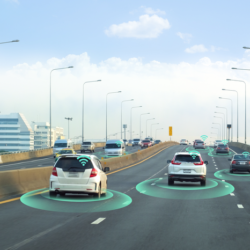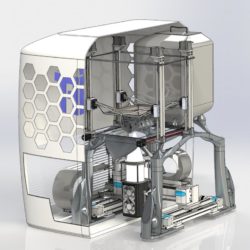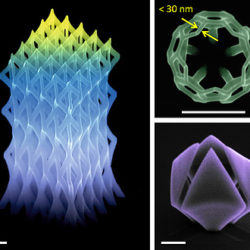AI sensor technology brings new optimization for autonomous driving
In order for driving assistance and safety systems in modern cars to perceive their environment and function reliably in all conceivable situations, they have to rely on sensors such as cameras, lidar, ultrasound and radar. The latter in particular are indispensable components. Radar sensors provide the vehicle with location and speed information from surrounding objects. Read more about AI sensor technology brings new optimization for autonomous driving[…]




